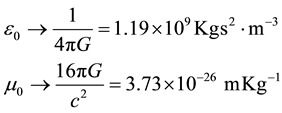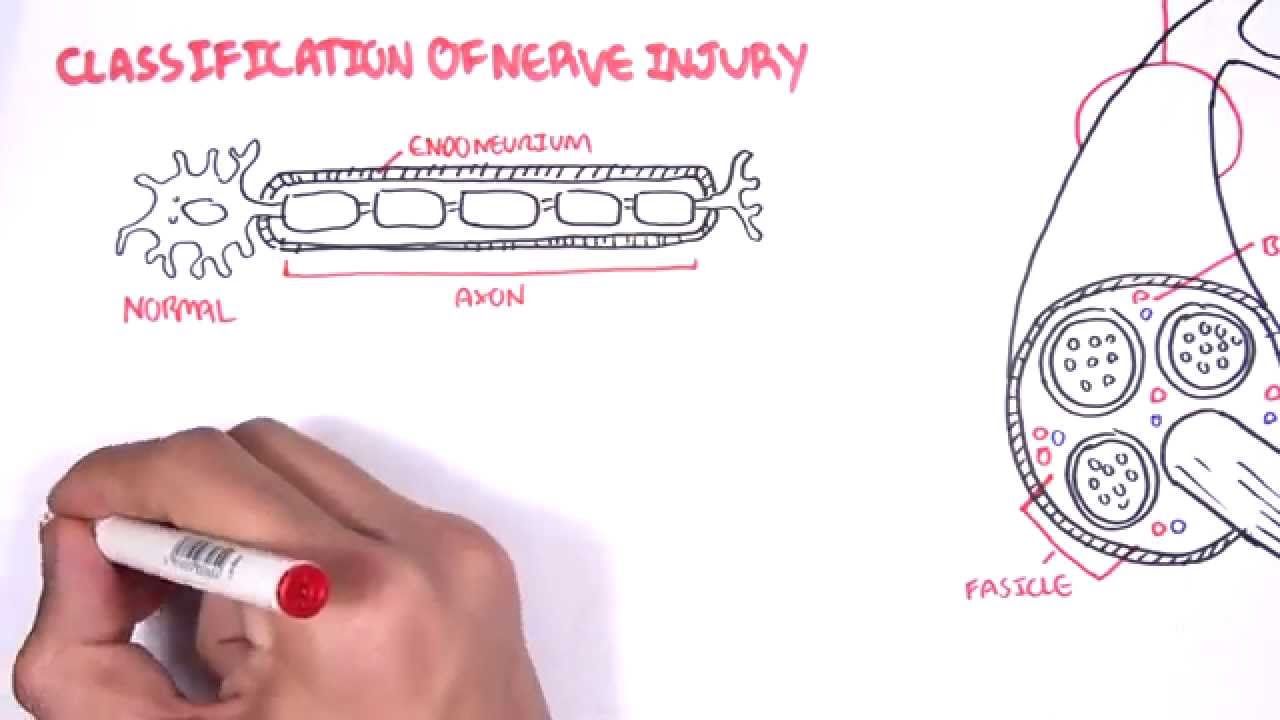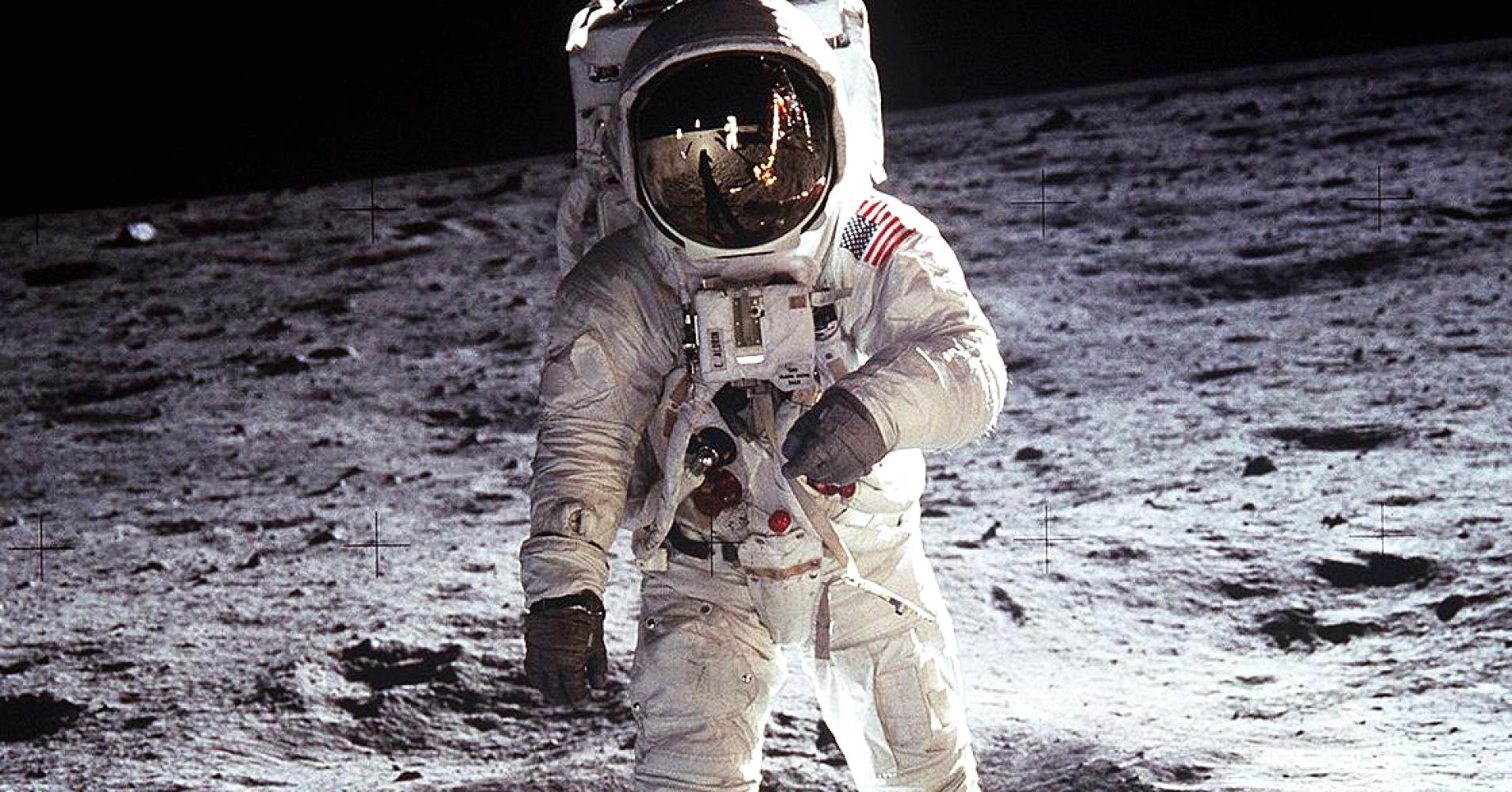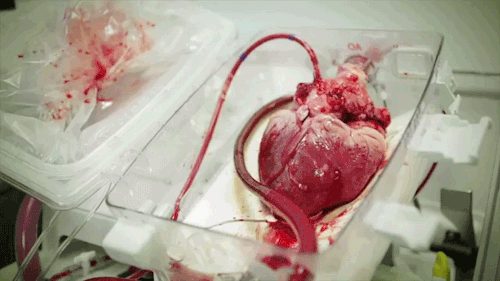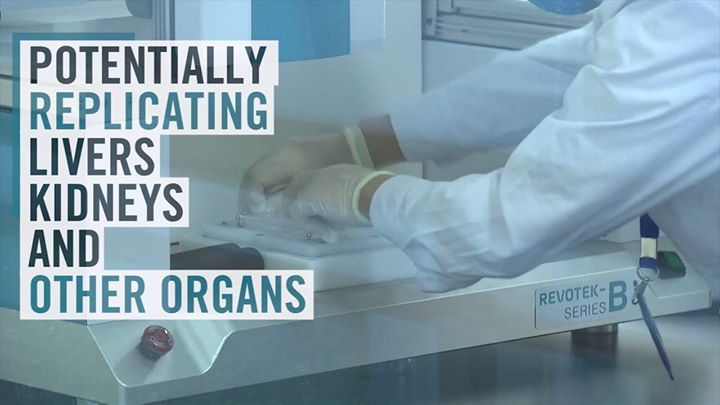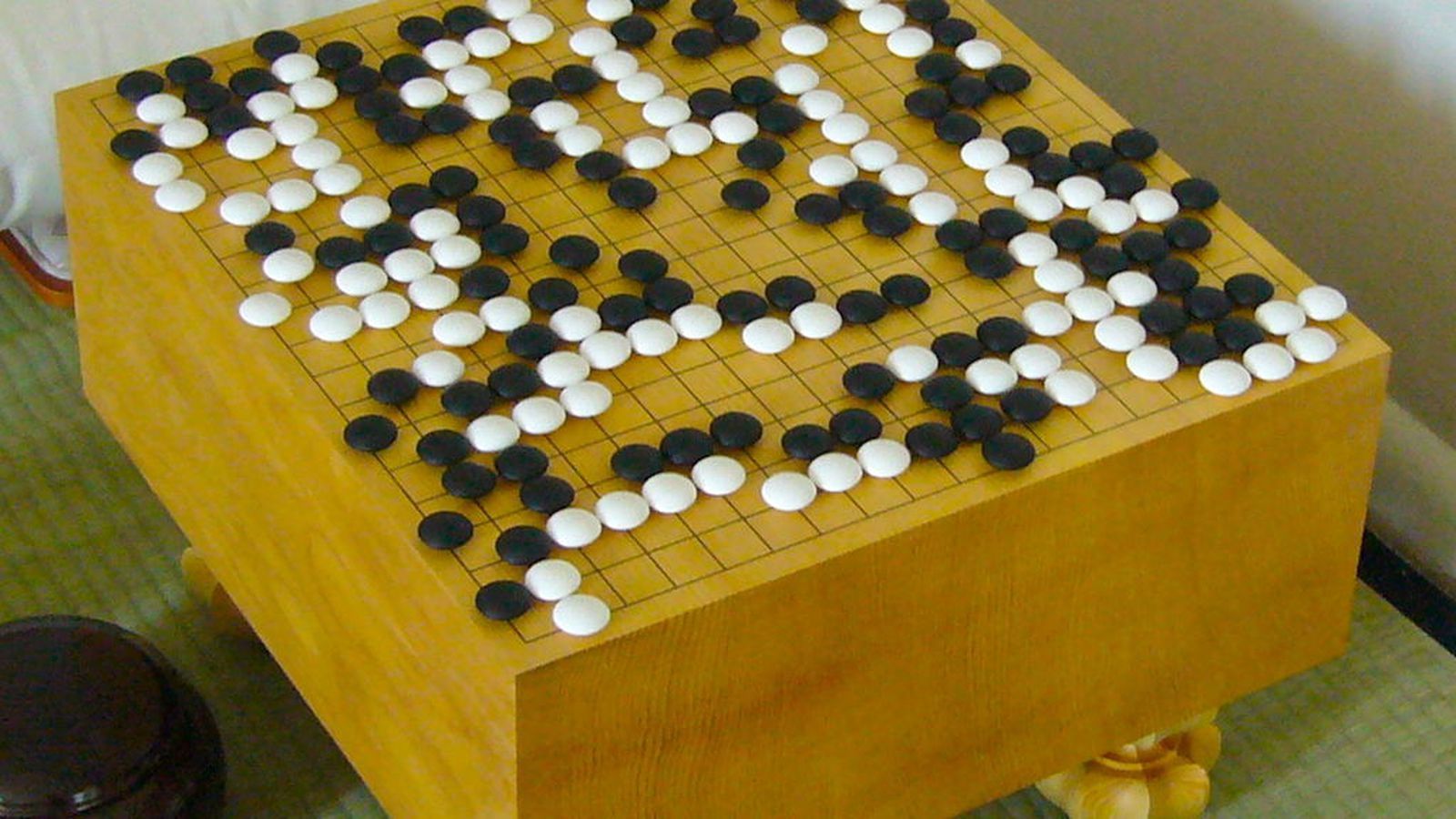ABSTRACT
The Mach Effect Thruster (MET) is a propellant―less space drive which uses Mach’s principle to produce thrust in an accelerating material which is undergoing mass―energy fluctuations, [1] –[3]. Mach’s principle is a statement that the inertia of a body is the result of the gravitational interaction of the body with the rest of the mass-energy in the universe. The MET device uses electric power of 100 — 200 Watts to operate. The thrust produced by these devices, at the present time, are small on the order of a few micro-Newtons. We give a physical description of the MET device and apparatus for measuring thrusts. Next we explain the basic theory behind the device which involves gravitation and advanced waves to incorporate instantaneous action at a distance. The advanced wave concept is a means to conserve momentum of the system with the universe. There is no momentun violation in this theory. We briefly review absorber theory by summarizing Dirac, Wheeler-Feynman and Hoyle-Narlikar (HN). We show how Woodward’s mass fluctuation formula can be derived from first principles using the HN-theory which is a fully Machian version of Einstein’s relativity. HN-theory reduces to Einstein’s field equations in the limit of smooth fluid distribution of matter and a simple coordinate transformation.
Keywords:
Mach Effect Drive, Transient Mass Fluctuations, Weak Field Limit Gravitation, Modified (PPN) Parameterized Post Newtonian Approximation, Linearized Einstein Equations, Gravitoelectromagnetism.
